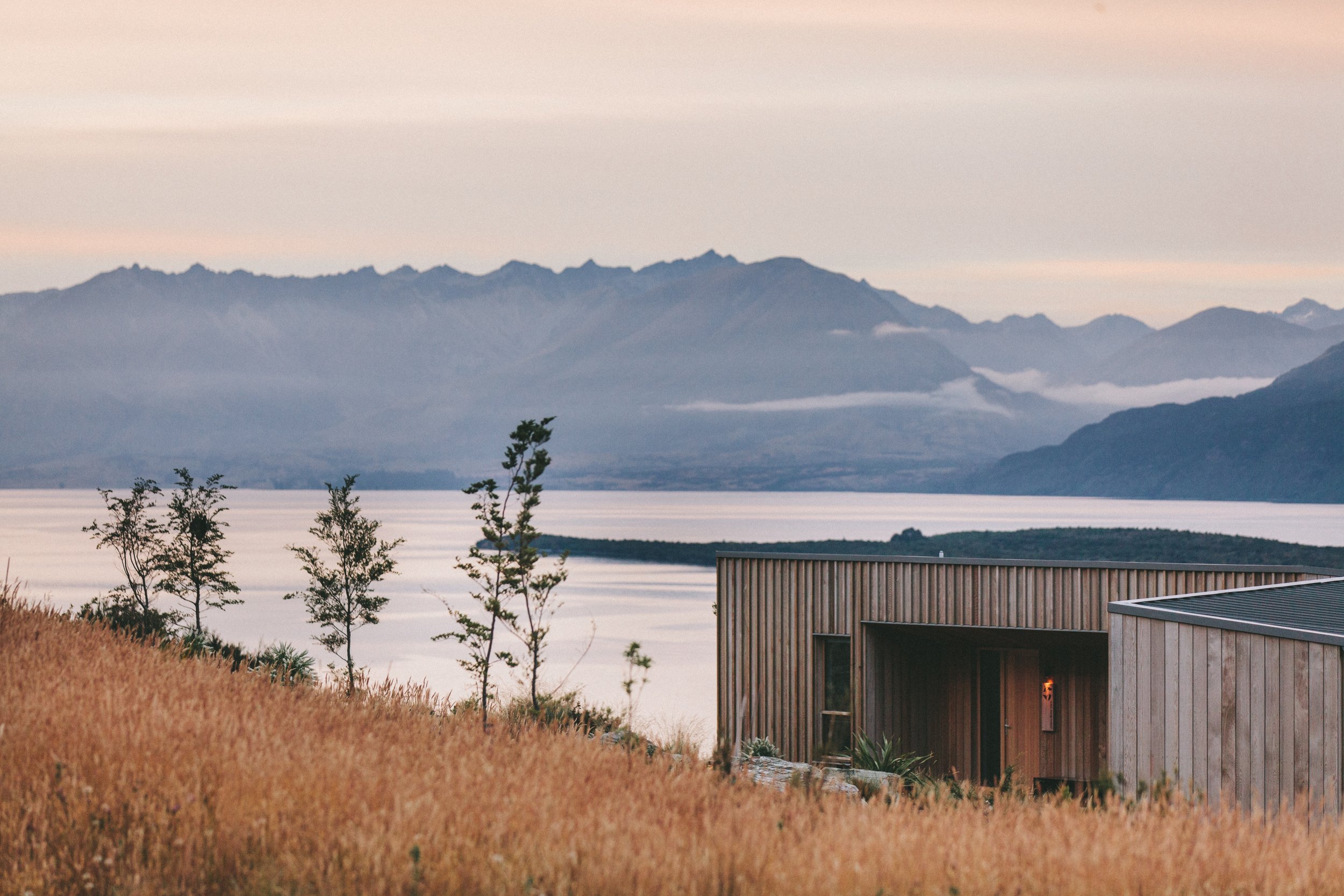or
quit pairing sake with korean food for the love of god
and stop bringing up baijiu like what
The History of Korean Alcohol Production
Part two of three
Don’t worry about sounding professional. Sound like you. There are over 1.5 billion websites out there, but your story is what’s going to separate this one from the rest. If you read the words back and don’t hear your own voice in your head, that’s a good sign you still have more work to do.
The Great State of Joseon
During its 500-year duration, Joseon encouraged the entrenchment of Confucian ideals and doctrines in Korean society. Neo-Confucianism was installed as the new state's ideology. Buddhism was accordingly discouraged, and occasionally Buddhists faced persecutions. Joseon consolidated its effective rule over the Korean peninsula and saw the height of classical Korean culture, trade, literature, and science and technology. In the 1590s, the kingdom was severely weakened due to the two failed Japanese invasions of 1592 and 1598. Several decades later, Joseon was invaded by the Later Jin dynasty and the Qing dynasty in 1627 and 1636–1637 respectively, leading to an increasingly harsh isolationist policy, for which the country became known as the "hermit kingdom" in Western literature. After the end of these invasions from Manchuria, Joseon experienced a nearly 200-year period of peace and prosperity, along with cultural and technological development. What power the kingdom recovered during its isolation waned as the 18th century came to a close. Faced with internal strife, power struggles, international pressure, and rebellions at home, the kingdom declined rapidly in the late 19th century.
Early strife/conflict of princes
Kim Yushin Gaya Descendant
Founding of Joseon
By the late 14th century, the nearly 500-year-old Goryeo established in 918 was tottering, its foundations collapsing from years of war spilled over from the disintegrating Yuan dynasty. Following the emergence of the Ming dynasty, the royal court in Goryeo split into two conflicting factions, one favouring neutrality and the other wanting to retake the Liaodong peninsula, which many at the Goryeo believed was theirs. Goryeo remained a neutral third-party observer in the conflict between the Yuan and the Ming and had friendly diplomatic relations to either.[21] In 1388, a Ming messenger came to Goryeo to demand that territories of the former Ssangseong Prefectures be handed over to Ming China. The tract of land was taken by Mongol forces during th
asdfasdfsdf
incenseburner
Consolidation of power
Taejo = general yi song gye = emperor go
royal seal
asdfasdfsdf
Sejong with shades
Sejong the great
sdkjfhklsjdhfklsdjf
Six Martyred ministers
asdfasdfsdfsdf
Sejo’s song Yejong’s reign
Yejong’s Nephew Seongjong’s reign (golden age, conquered the northern jurchens) up to the yalu river (soju)
literati purges: Yeonsangun
Middle period
https://en.wikipedia.org/wiki/Political_factions_during_the_Joseon_dynasty
https://en.wikipedia.org/wiki/Japanese_invasions_of_Korea_(1592%E2%80%931598)
Manchu invasions
https://en.wikipedia.org/wiki/Later_Jin_invasion_of_Joseon
https://en.wikipedia.org/wiki/Qing_invasion_of_Joseon






